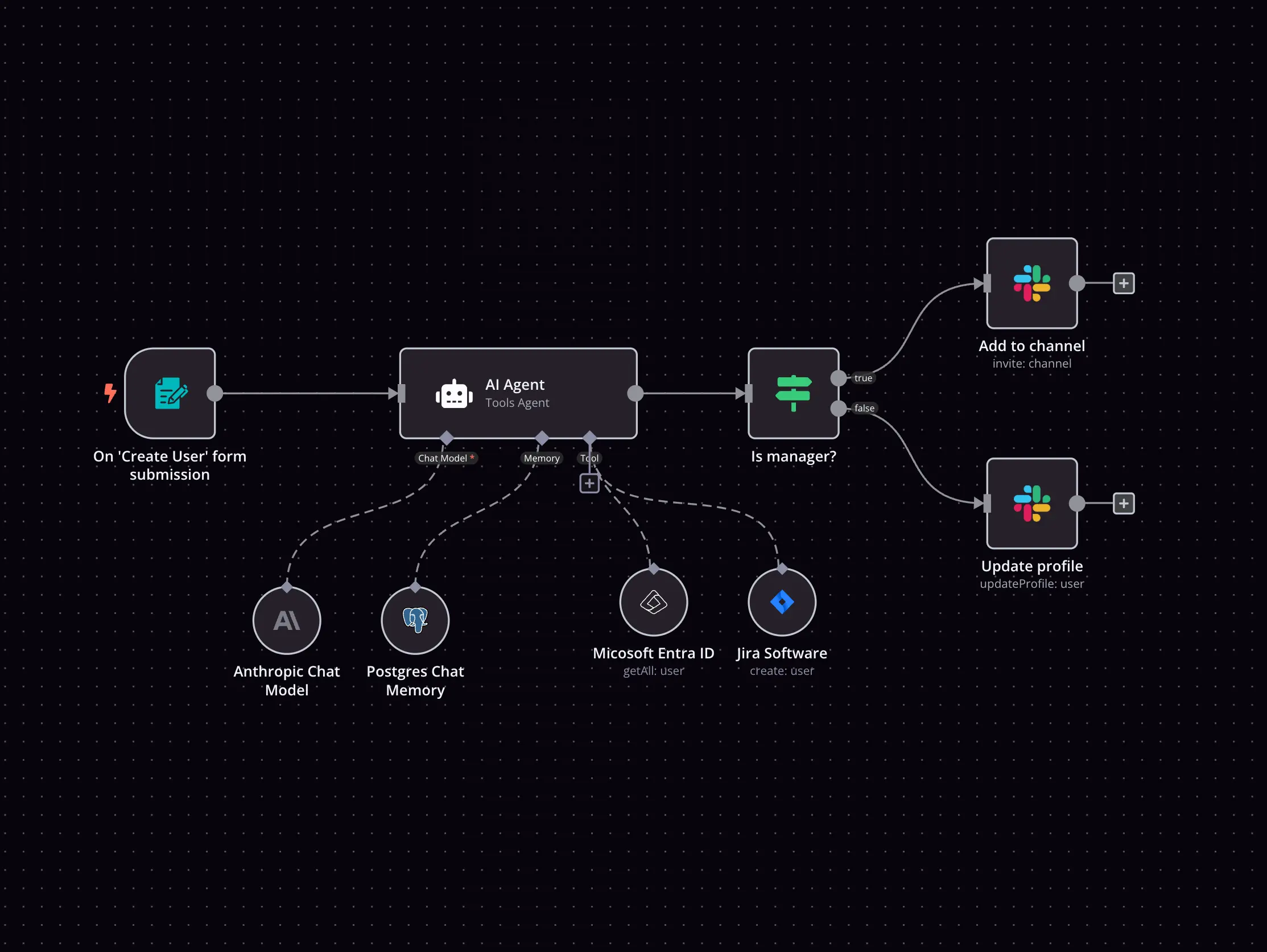Iterable and Lighthouse integration
Save yourself the work of writing custom integrations for Iterable and Lighthouse and use n8n instead. Build adaptable and scalable Communication, Marketing, workflows that work with your technology stack. All within a building experience you will love.


How to connect Iterable and Lighthouse
Create a new workflow and add the first step
In n8n, click the "Add workflow" button in the Workflows tab to create a new workflow. Add the starting point – a trigger on when your workflow should run: an app event, a schedule, a webhook call, another workflow, an AI chat, or a manual trigger. Sometimes, the HTTP Request node might already serve as your starting point.
Build your own Iterable and Lighthouse integration
Create custom Iterable and Lighthouse workflows by choosing triggers and actions. Nodes come with global operations and settings, as well as app-specific parameters that can be configured. You can also use the HTTP Request node to query data from any app or service with a REST API.
Iterable supported actions
Track
Record the actions a user perform
Create or Update
Create a new user, or update the current one if it already exists (upsert)
Delete
Delete a user
Get
Get a user
Add
Add user to list
Remove
Remove a user from a list
Supported methods for Lighthouse
Delete
Get
Head
Options
Patch
Post
Put
To set up Lighthouse integration, add the HTTP Request node to your workflow canvas and authenticate it using a generic authentication method. The HTTP Request node makes custom API calls to Lighthouse to query the data you need using the API endpoint URLs you provide.
See the example hereRequires additional credentials set up
Use n8n's HTTP Request node with a predefined or generic credential type to make custom API calls.
Iterable and Lighthouse integration details

Lighthouse
Lighthouse is an open-source tool by Google for web app improvement. Automates audits for performance, accessibility, best practices, and SEO. Integrated into Chrome, provides reports suggesting optimizations for speed, quality, and adherence to standards.
Related categories
Automate lead management
Using too many marketing tools? n8n lets you orchestrate all your apps into one cohesive, automated workflow.
Learn more
Save engineering resources
Reduce time spent on customer integrations, engineer faster POCs, keep your customer-specific functionality separate from product all without having to code.
Learn more
FAQ
Can Iterable connect with Lighthouse?
Can I use Iterable’s API with n8n?
Can I use Lighthouse’s API with n8n?
Is n8n secure for integrating Iterable and Lighthouse?
How to get started with Iterable and Lighthouse integration in n8n.io?
Looking to integrate Iterable and Lighthouse in your company?
The world's most popular workflow automation platform for technical teams including
Why use n8n to integrate Iterable with Lighthouse
Build complex workflows, really fast


